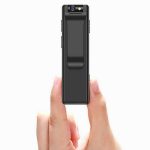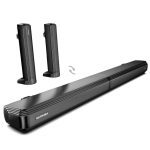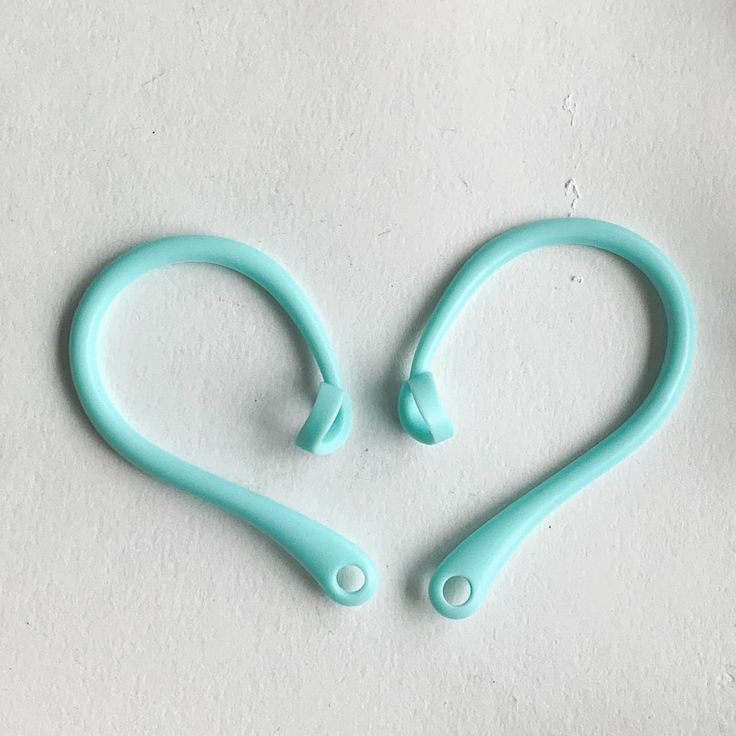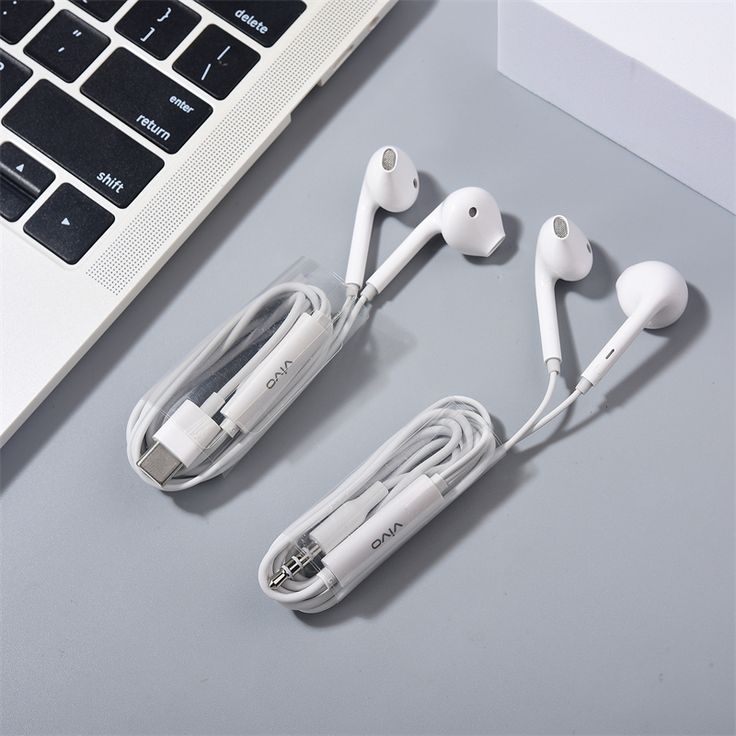The Tangled Truth: Why Earphone Wires Knot Easily
It’s a common frustration: earphone wires that tangle as soon as you put them away. But why does this happen so easily with earphone wires? It turns out, there’s a scientific explanation behind the knotty issue. When earphone wires are jostled in a pocket or bag, they undergo what is called ‘spontaneous knotting.’ This phenomenon occurs due to a combination of factors such as the length and flexibility of the wire, combined with the confined space and natural movements that shuffle and twist them into knots.
The nature of the earphone wire material also plays a role. Most earphone wires are made of rubber or plastic, which can create static that encourages the wires to stick together, making tangles more likely. Moreover, the longer the wire, the higher the chances of knots forming. It’s not just about being careless; the physics at play make tangling an expected reality for earphone users.
Understanding the root causes of wire tangling can help in finding effective solutions. By exploring the reasons behind why earphone wires knot easily, we can appreciate the advancements in technology that aim to resolve this issue, and recognize the value in accessories designed to keep wires tidy. Managing earphone wires may seem like a trivial matter, but it’s a small detail that can significantly improve the user experience. In the following sections, we’ll explore how advancements in earphone wire design and accessories help prevent this all-too-common annoyance.
Exploring Different Types of Earphone Wires

When diving into the world of earphone wires, we find a variety of types. Each brings its own set of characteristics that influence how prone they are to tangling. First, there are the standard round wires. These are the most common and often come with basic earphones. Their cylindrical shape can make them easier to tangle when coiled improperly.
Next, we see flat wires increasingly used by manufacturers. These are less likely to twist over themselves due to their shape, which naturally resists entanglement. Flat wires also offer a sleek aesthetic that appeals to many users.
Another type is the fabric-covered wire. These have a textile layer over the wire that not only provides durability but also reduces static. Less static means fewer chances for the wires to cling together and form knots.
Braided wires present a robust option. Multiple strands woven together make for a sturdier wire that can endure more wear and tear. This design also helps in keeping the wires detangled.
Lastly, we have coiled wires, reminiscent of old telephone cords. These stretch and retract to a certain extent, which can minimize the excess length that leads to tangles.
Each type of earphone wire has its own benefits and may help reduce the frustration of dealing with knotted wires. However, the choice of wire alone won’t eliminate the problem. It’s important to pair the right type of wire with good wire management practices. Let’s keep these wire types in mind as we further explore solutions that keep earphone wires tidy and ready for use.
Advancements in Wireless Earphone Technology
Wireless earphone technology has changed the game for those tired of untangling wires. By taking the wire out of the equation, this technology offers a seamless, tangle-free listening experience. With Bluetooth connectivity, users can easily connect their devices to wireless earphones, enjoying high-quality sound without the fuss of knots.
The first big advantage of going wireless is the convenience they offer. There’s no need to spend time detangling before use, and they allow for greater freedom of movement. Whether you’re working out or just moving around the house, wireless earphones stay put without getting in the way.
Battery life is another key improvement. Modern wireless earphones come equipped with long-lasting batteries, providing hours of uninterrupted listening. Many models include charging cases that extend usage time even further, ensuring your earphones are always ready when you are.
Sound quality, once a concern with wireless earphones, has greatly improved. Thanks to advancements in Bluetooth technology and audio codecs, users now enjoy crisp, clear sound that rivals wired options. The gap between wireless and wired earphone sound quality continues to narrow.
Wireless earphone models also feature smart integrations, like touch controls and voice assistants, that enhance the user experience. One can adjust volume, skip tracks, or even make phone calls—all without ever touching their connected device.
While the initial cost of wireless earphones may be higher than wired ones, the investment pays off in convenience and functionality. It’s no surprise that many users are making the switch to wireless earphones, seeking a more modern, hassle-free listening experience.
In summary, the advancements in wireless earphone technology represent a significant leap forward. They’ve managed to effectively address the tangled earphone wire issue while offering numerous additional benefits. As this technology continues to evolve, we can expect even greater convenience and quality from wireless earphones in the future.
Handy Accessories to Keep Your Earphone Wires Tidy
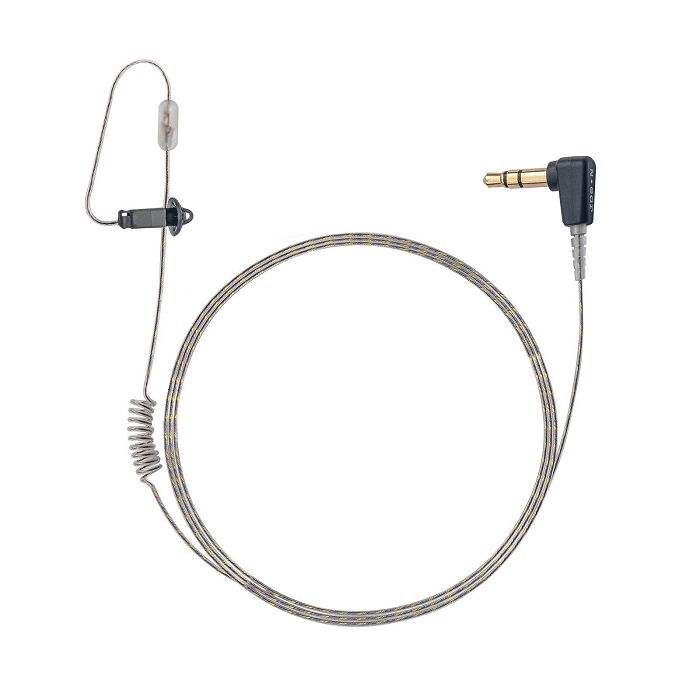
To tackle the annoying tangle of earphone wires, several handy accessories have been developed. These tools not only keep wires neat but also extend their lifespan by preventing excessive wear and tear. Below are some popular accessories that can help you manage your earphone wires more effectively.
Cable Winders
Cable winders are compact devices designed to roll up your earphone wires neatly. They come in different shapes and sizes, often with a groove to hold the wire. You simply wrap your earphone wire around the winder and snap it shut. This keeps them tidy and secure in your bag or pocket.
Magnetic Clips
Magnetic clips can hold your earphone wires together when you’re not using them. They are easy to use; just clasp the wires between the magnetic ends. These clips prevent the wires from moving freely and tangling.
Cord Management Clips
For those who like an organized workspace, cord management clips are ideal. They stick to surfaces like desks or walls, holding your earphone wires in place. This way, your earphones are always within reach and won’t get mixed up with other cables.
Velcro Straps
Velcro straps are a simple and versatile solution. You can cut them to any length and wrap them around your wires as tightly or loosely as needed. They are reusable and do not damage the wire’s surface.
Silicone Earphone Cases
Silicone cases are not only for protecting your earphones but also for winding wires. They often have a slot for the earphones and a wrap for the wire. This keeps everything compact and secure, minimizing the risk of knots.
By using these accessories, you can ensure that your earphone wires remain untangled and ready for use. This small investment in accessory can save you a lot of frustration and time. Remember to choose the one that best fits your lifestyle and earphone type to keep your wires tidy and functional.
DIY Tips and Tricks for Managing Earphone Wires
In the quest to keep earphone wires from tangling, a few DIY solutions can work wonders. There’s no need for high-end gadgets; simple household items can do the trick. Try these tips to keep your wires in check:
Use Binder Clips
Clip your earphone wire to a binder clip and clamp it onto a bag or pocket. This can keep the wire straight and prevent it from knotting.
Adopt the ‘Lobster Clasp’ Method
Attach a small lobster clasp to your earphone wires. Clip them onto a loop in your bag or clothing when not in use to avoid tangles.
Create a Paper Roll Holder
Wrap your earphones around an empty toilet paper roll. This can serve as a makeshift cable winder that keeps everything organized.
Try the ‘Figure 8’ Technique
Fold your earphone wire in a figure 8 pattern between your fingers and secure it with a rubber band. This method helps maintain a tangle-free shape.
Embrace the Braiding Method
Braid your earphone wires like you would hair. A simple three-strand braid can prevent tangling and make your wires last longer.
Craft a Felt Holder
Cut a small piece of felt into a strip. Create slits to loop your earphones through and wrap the wires neatly.
By using these simple DIY tips, you can easily manage your earphone wire. They’re practical, cost-effective, and can reduce the frustration of untangling wires. Choose the method that suits your routine and enjoy a tangle-free experience every time you reach for your earphones.
The Role of Carrying Cases in Preventing Tangles

Carrying cases are a real game-changer when it comes to preventing tangles. These compact containers keep earphones safe and sound, neatly tucked away when not in use. Let’s look at how they contribute to a tangle-free experience.
Material Matters
The inside lining of a carrying case is important. Soft materials, like velvet or felt, can reduce friction and help earphones stay in place. This way, there’s less movement inside the case that could lead to knots.
Compartmentalized Design
Some cases have separate compartments or holders. These keep earphone wires fixed and prevent them from mingling. Such organization stops wires from wrapping around other items in your bag.
Hard Exterior
A stiff outer shell protects earphones from being crushed. This is crucial as pressure can mess up any prior neat packing. A hard case maintains the shape and guards against tangles.
Built-in Cable Management
Cases with built-in winders or clips take convenience up a notch. They offer a specific way to wrap your ‘earphone wire’, securing it in an orderly fashion. This prevents loops and knots from forming.
Portability
Finally, a good case is easy to carry. It should fit well in a pocket or bag without being bulky. The more portable the case, the likelier you are to use it consistently. Consistent use means fewer chances for your earphone wire to get tangled.
In short, carrying cases are essential for keeping earphone wires in check. They serve both protective and organizational functions. Choose a case that feels right for you and say goodbye to the hassle of untangled wires.
How to Choose Tangle-Free Earphones
Choosing the right earphone model can spare you from the daily hassle of untangling wires. When shopping for tangle-free earphones, keep the following tips in mind:
Look for Flat or Braided Cables
Opt for earphones with flat or braided cables. Their design helps resist knots and twists. Flat cables sit against each other, preventing the loops that cause tangles. Braided ones are tougher and less likely to get twisted.
Consider Wireless Earphones
Think about going wireless. They have no cables to tangle. Many models offer quality sound and convenient features. True wireless earphones are compact and eliminate wire woes completely.
Check for Cable Length and Material
Pick earphones with a sensible cable length. Too long can mean more tangling; too short may limit use. Also, look for materials that reduce static. Fabric or rubber-coated wires can be less clingy.
Examine Included Accessories
See if earphones come with accessories like cable winders or cases. These extras can help manage wires. They also keep earphones safe when you’re on the move.
Read User Reviews
Read reviews from other buyers. They can provide insights into how earphones hold up in daily use. Pay attention to comments on durability and tangle resistance.
Test the Earphones
If possible, try the earphones before buying. Wrap and unwrap the cables a few times. This will show you how prone they are to tangling.
By paying attention to these aspects, you can find a pair of earphones that save you time and frustration. Make tangle-free earphones a priority for a smoother music experience.



